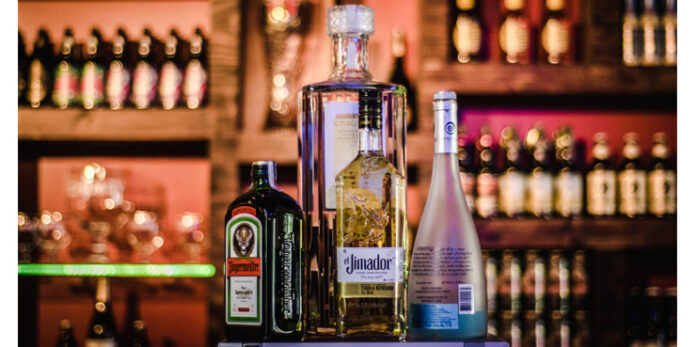Wine and Spirits Wholesalers of America (WSWA)’s SipSource just released year-ending data for 2023, which identifies year-end losses for both wine and spirits, individual category trends, demographic data and explores commercial and consumer behaviors that contributed to the market’s current state.
The report focuses on data over a 12-month period (January 2023 to December 2023), predicts what consumer trends will bring for both the on- and off-premise in 2024 and gives short- and long-term insight and understanding for the industry’s future, the company states.
“While there seems to be clear consensus on how difficult 2023 was for the beverage alcohol industry, there is no single agreed-upon view of what this means for the future. Many have called 2023 a ‘blip’ with the assumption that the market will return to its natural or pre-pandemic growth trajectory… [we are using] the term ‘reset the base’ to mean we are at a new starting point in the trend cycle. Any noise in the data from past disruptions is no longer relevant and growth is anything but certain,” said SipSource Analyst Dale Stratton in a news release.
Data Points to Continued Struggles for Wine Beyond 2024
In 2023, the spirits category was well balanced across White, Black and Hispanic consumers, with spirits showing the highest index for the Asian population, who under-indexes on beverage alcohol in general when compared to wine and beer, according to the company. Conversely, the wine category held the highest index for white consumers and under-indexes for Black, Hispanic and Asian populations.
With a future marketplace impacted by the linear growth in non-white populations of each successive generation of potential drinkers, consumption patterns by Americans of different ethnicities will play a significant role in category and channel growth trends – including challenges for wine beyond 2024, the company states.

RTD Categories a Bright Spot
Combined wine and spirits depletion volumes were down -5.6% in 2023, with wine down -7.5% and spirits falling -3.6%, according to the company. The ready-to-drink (RTD) category across both wine and spirits was a rare bright spot of growth, with pre-mixed cocktails (wine) ending 2023 with +0.5% growth and pre-mixed cocktails (spirits) growing +6.3%.
Interestingly, nearly 10% of all spirits-based RTDs were sold within the high-touch convenience channel compared to only 6% of traditional spirits, the company states. Additionally, 82% of all spirits-based pre-mixed cocktails were sold within the two lowest price segments, contributing to the overall de-premiumization of the marketplace.
Spirits Premiumization is Dead
While the U.S. economy was broadly healthy to end 2023 and inflation subsided with the Consumer Price Index (CPI) reaching +3.4% in December, credit card debt is at an all-time high across the country, impacting consumer behaviors and shopping patterns. The premiumization trends the market saw during COVID-19 as consumers upgraded their home bars are all but gone with the +$25 price tier of spirits outperforming the -$25 price tier by only 100 basis points and the +$50 price tier ending the year -6.8% compared to -5.0% for the -$50 price tier, according to the company.
It’s important to note that 90.1% of all volume over $50 is done in the Tequila/Agave, Cognac, Bourbon and Single-Malt Scotch segments, with Tequila/Agave accounting for 55% of that. Reposado Tequila over $50 continued to grow, up +10.0%, the company states. That growth was offset by Añejo Tequila which was down -12.0% in December-ending data. The Bourbon segment over $50.00 also experienced growth, up +3.4%.
What’s Next?
While SipSource analysts do not anticipate a continued downward slide in trends, they do not see a significant turnaround with a swing towards growth over the next year. With downturns across all three adult beverage categories (beer, wine, and spirits) and nearly 150,000 individual products tracked by the SipSource database, there may be indications of a battle for market share across categories – meaning one company or category’s gains will be equal to another’s losses, according to the company.
While competition for market share is nothing new, SipSource analysts predict it is likely to be more intense in 2024 with the biggest driver being consumers who, more than ever, are drinking across all categories.









